
Red wine is a type of wine made from the fermented juice of dark-skinned grapes.
It has four primary characteristics – color, flavors, tannin levels, and acidity.
Its color can be derived from a vast assortment of grape varietals ranging from grapes that are reddish, deep purple, and even a beautiful blue on the color scale.
These grapes give rise to a wine that is color classified with such descriptors as garnet, almost black, dark red, light red, ruby red, opaque purple, deep violet, maroon, and the list goes on.
Its color changes with age, transitioning from bright, youthful shades of red to aged garnet or brown.
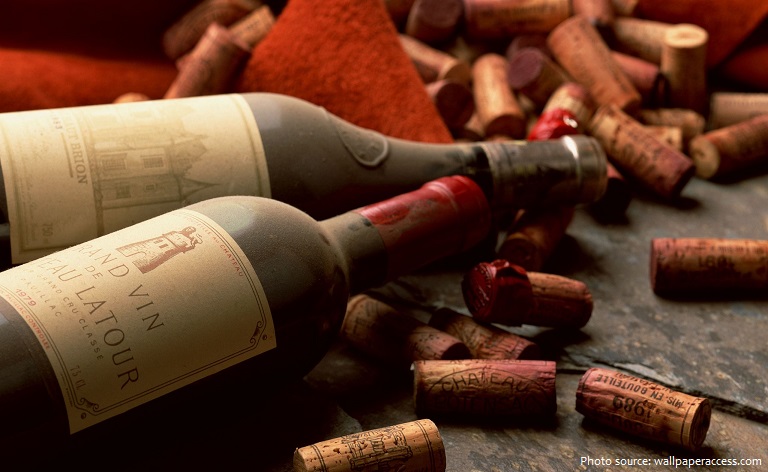
It is the grape skins that are responsible for the red wine’s distinct color spectrum. The skins are in contact with the grape’s juice during the fermentation process, allowing the dispersion of both color and tannins.
The individual wine’s particular red hue depends on the grape type used in the process and the length of time the skin’s pigmentation is in contact with the juice. There are right around 50 key red wine varietals that consistently manifest themselves in today’s worldwide wine market.
The different grapes used to make red wines produce a range of aromas and flavors of fruits, herbs, flowers, spices, and earthy elements. These aren’t added to the wine – they come from the organic compounds in the acids and grape skins. For example, you’ll find notes of black cherry, raspberry, cedar and even tobacco from Merlot.
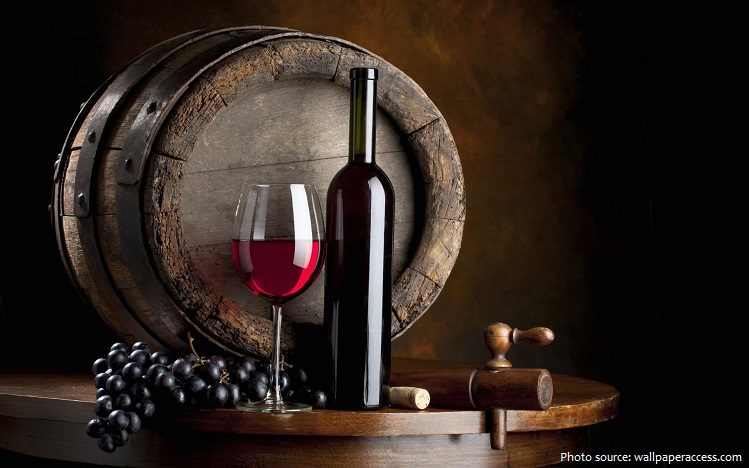
Most red wine is aged for some period before bottling, though this can vary from a few days, in the case of Beaujolais Nouveau to 18 months or more in the case of top Bordeaux reds. Aging can take place in stainless-steel or concrete tanks, or in small or large oak barrels. The latter impart some flavour to the wine as a function of their age and size (small, new barrels give more flavour than large, older barrels).
With age, red wines tend to lose color and will eventually end up a sort of brick red. On the other hand, white wines gain color, becoming golden and eventually brown-yellow.
Red wine can be divided into 6 main types of red grape varieties that contribute to the continuing development of this celebrated fruity sweet and dry alcoholic beverage: cabernet sauvignon, chianti, merlot, pinot noir, sangiovese, zinfandel and exploration.
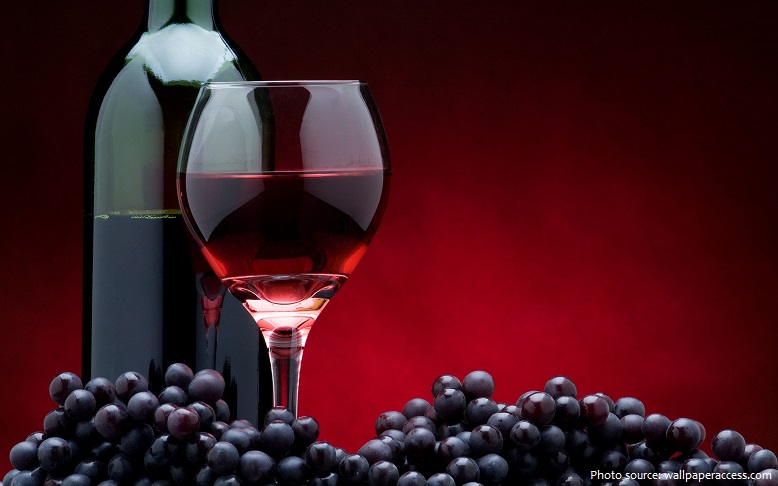
The most planted grape in the world is cabernet sauvignon.
Pinot Noir is considered the healthiest red wine you can drink. Unlike many of the reds on this list, Pinot grapes have a thin skin, so Pinot Noir has low tannins but high levels of resveratrol.
The earliest production of red wine using the fermentation process seems to have occurred around 6000 BC, principally in Georgia (in the Caucasus region between Europe and Asia) and in Iran.
Different types of red wine were developed throughout the centuries, according to the Red Wine website. Bordeaux was exported to England from Bordeaux, France around the year 1000, while Pinot Noir dates back
to the Roman period. Chianti was developed in Italy from the Sangoviese wine before the 15th century.
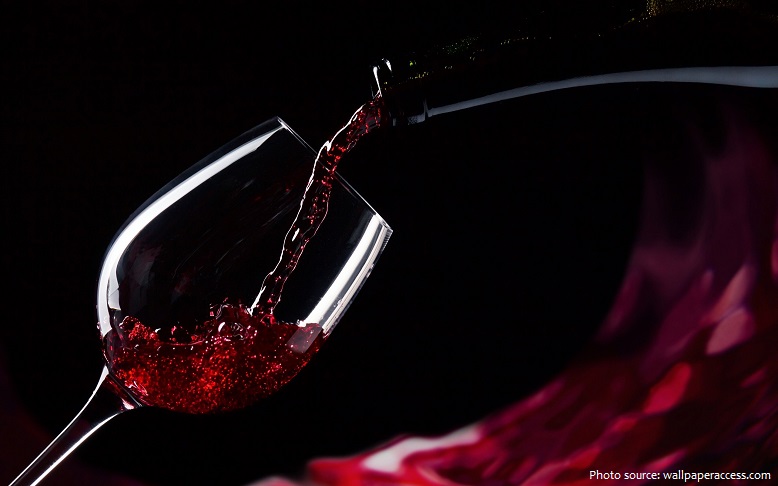
Medieval monasteries believed that their monks lived longer partly because of their regular, moderate drinking of wine.
Red wines will put their best foot forward when poured into and sipped out of a wine glass with adequate room. A distinctly oval or egg-shaped bowl that narrows slightly at the top as opposed to a slender flute-like glass is necessary to enjoy a red wine to the fullest. The ideal red wine glass will accommodate between 10 to 22 ounces of liquid, allowing more room to swirl your wine and better surface area for allowing the wine to breathe a bit.
Serving temperatures should be 10 – 15ºC (50 – 60ºF).
Drying sensation in your mouth when you taste some wines due is to the polyphenol in the tannins that come from the skins, seeds and stems of grapes. It’s what gives red wine its texture, structure and age-ability.
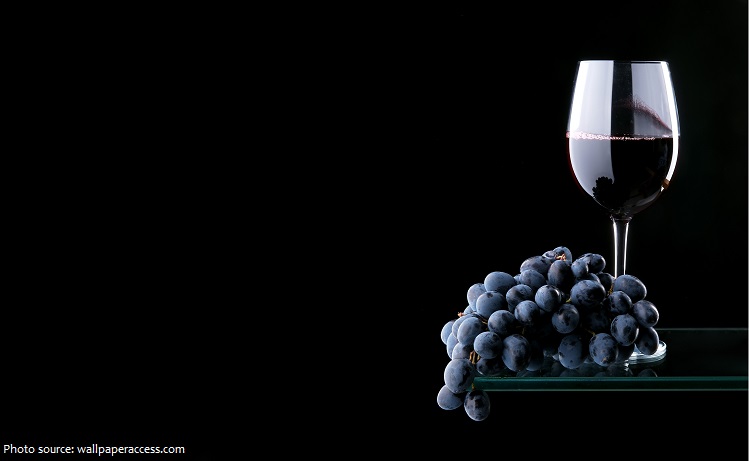
Tannins soften as the wine ages. This is why young, tannic wines taste better when left to age in the bottle for a few years.
Red wine, in moderation, has long been thought of as heart healthy. The alcohol and certain substances in red wine called antioxidants may help prevent coronary artery disease, the condition that leads to heart attacks.
You would have to drink 20 glasses of apple juice to receive the same anti-oxidant benefits of one glass of red wine. If you prefer orange juice, you’ll need to down seven glasses.
China is the world’s largest consumer of red wine.
Exclusive wine merchant Le Clos unveiled today a Balthazar (12 L) of Château Margaux 2009 at the cost of USD 195,000, making it the world’s most expensive bottle of red wine to ever be retailed.